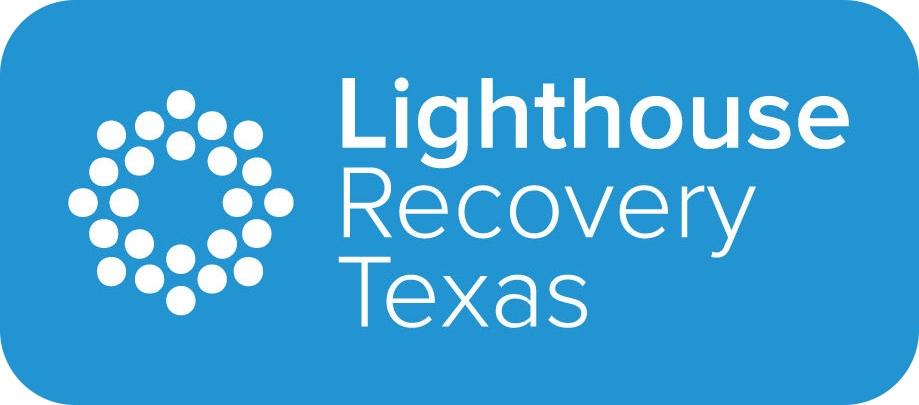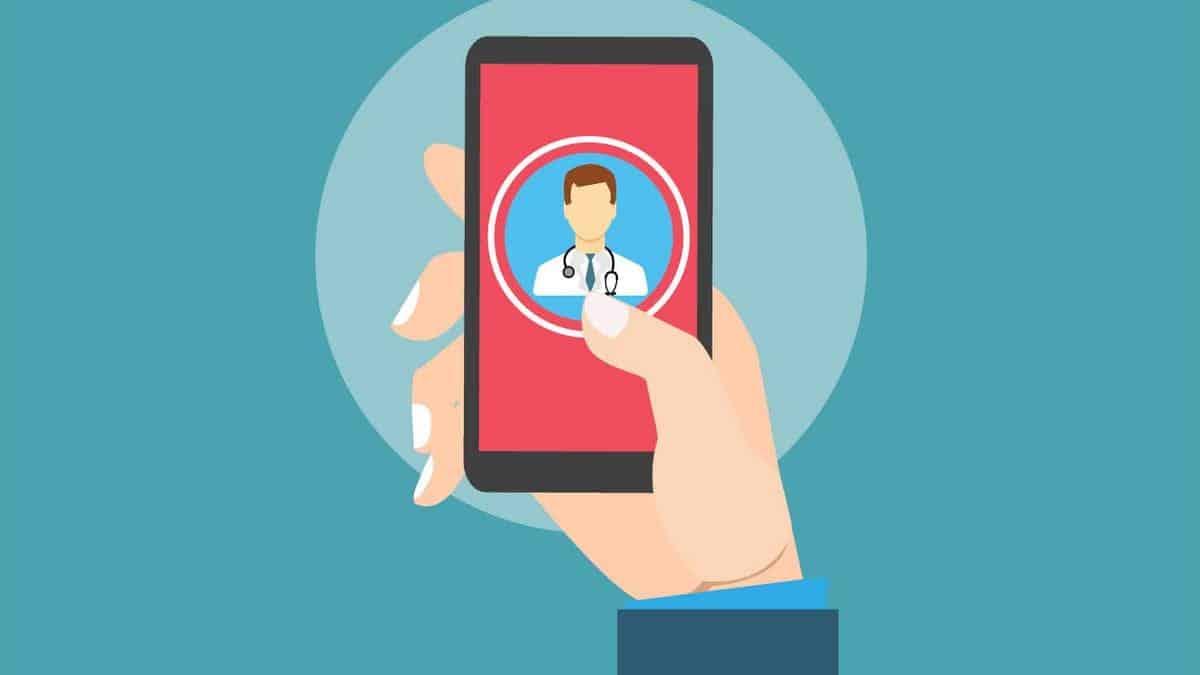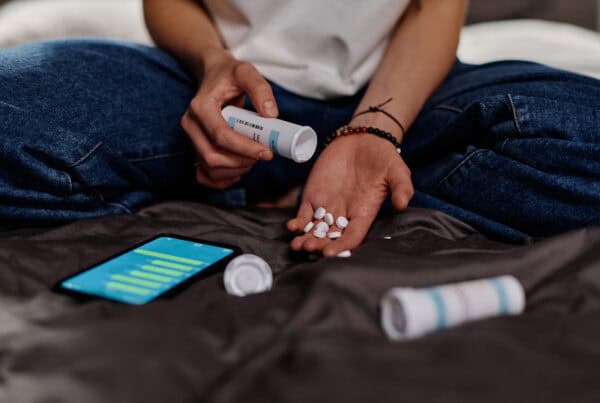Telemedicine has become more and more essential with the continued progression of the coronavirus, and many recovery and treatment centers are turning to digital appointments in order to keep people safe while still maintaining the care that those in recovery need. While the necessity of telemedicine cannot be understated, there are also limitations that come with the medium if someone is using telemedicine over in-person appointments. Even as the pandemic eventually begins to subside, the option for telemedicine will still be available at many facilities. For those in recovery, it is important to know the various benefits that telemedicine can provide, while also understanding its limitations, in order for them to make the best decision for their own health and progression through their recovery program.
Benefits of Telemedicine
There are many benefits that come with utilizing telemedicine as a therapeutic tool that stretch far beyond the fact that it can help quell the spread of disease. Using telemedicine can also open up a wealth of opportunities for those in recovery to ensure that they have access to care, even during the most stressful times. Telemedicine allows individuals to be able to meet with their therapists or specialists without having to leave their homes, eliminating the need to find transportation and the time and costs that come with it. It also allows each person to mold their schedules a bit easier. By eliminating the need for transportation, it can provide more options to those who are seeking aid in their recovery, as they may have more facilities available for them if they don’t have to physically attend, helping each person search for the right professional that may be a fit for them. The overall accessibility that telemedicine provides can be very helpful, especially during times where illness is present, or transportation may be limited. However, these benefits do not come without their prices, and there are also limitations that those who choose to utilize telemedicine will have to deal with.
The Limitations of Telemedicine
Telemedicine comes with a number of barriers that many will have to address. While it can eliminate the need for transportation, it still requires a computer, Internet access, a microphone, and a webcam in order to get the most out of it that someone can. These technological barriers can be difficult for those who don’t have consistent access to a reliable Internet service or have limited knowledge of how to use the technological components. This means that despite the benefits of telemedicine, not all people will be able to utilize it to its full potential, and thus may not receive the kind of intimate care they need.
Telemedicine, while accessible for many, also inherently creates an additional barrier between those in recovery and the professionals they are working with. The physical barrier of a screen can cause conversations to feel more distant and may compromise the intimate atmosphere that may be necessary for someone to be willing to explore their vulnerabilities. There is no replacement for proper social interaction in recovery, and the presence of a physical, technological barrier may cause someone to not focus on their own interpersonal or social skills. If someone is choosing to utilize telemedicine as a primary form of care, it is important that they then supplement their days with other social interactions with therapeutic elements.
The Importance of a Social Element
The constant presence of coronavirus means that social gatherings are more difficult and dangerous than ever. However, each person will still need a social outlet for their own mental health. For someone utilizing telemedicine, it is important to find applicable social outlets for someone to ensure that they are getting out of the house and meeting with other people on a daily basis. Not only does this help them keep moving and improve overall mental health, but it also allows someone the proper outlet to continue practicing social skills. The use of telemedicine is important for professionals and people alike to continue giving and receiving the care they need, especially for those in recovery. However, someone will have to use more than telemedicine to ensure that they are continuing with a holistic method of recovery, and thus should be supplemented with one’s own social groups for safe activities. This can mean going on a walk with a loved one or finding other safe means to organize small gatherings. There are ways for someone to incorporate socially distanced meetings, and these are both necessary in recovery, as well as one element that telemedicine cannot replace.
The options provided by telemedicine are invaluable, but it needs to be used in an informed way. Telemedicine provides each person with a wealth of options to address their own recovery but also creates other barriers that need to be addressed if someone is to continue to pursue the holistic recovery model needed for an effective recovery and prolonged sobriety.
Telemedicine has provided new ways for each person to address their needs in recovery. However, it is just one of many options available for those looking to address their use of drugs or alcohol. If you or a loved one are suffering from an addiction to drugs or alcohol and are ready to take the first step towards your sober future today, Lighthouse Recovery can help develop a plan that is catered to you. Each of the various programs offered through Lighthouse can all be adjusted and fine-tuned in order to address each person’s unique goals and needs in recovery, to allow them the chance to express their vulnerabilities while building on their strengths. From sober living to intensive outpatient programs and various, practiced therapeutic approaches, there is always something new to try.
Learn more about our services or contact us below to discover how Lighthouse can help you on your road to recovery today. Thank you for your trust.





